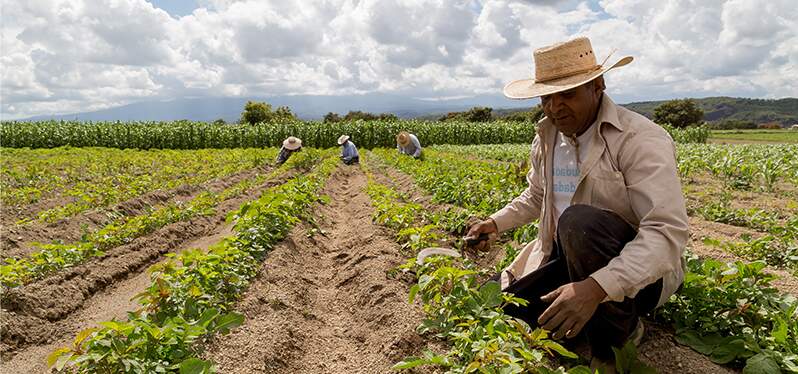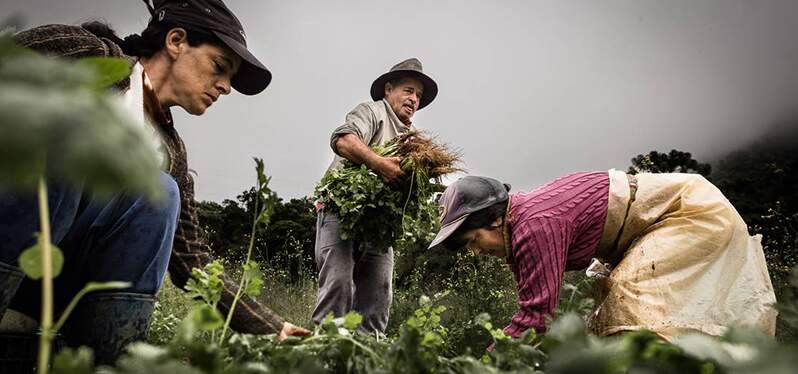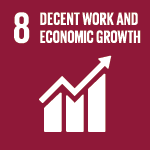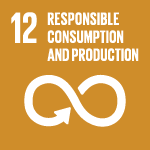Posted in: 04/17/2023
For years, the rural population has been fighting for access to land and better living conditions. Since 1964, with the Land Statute – which provides for democratization and better distribution – several families of rural workers have received land titles.
From 2019 to May 2021, the National Institute of Colonization and Agrarian Reform (INCRA) issued 158,000 land titles to settlers, who now have the right to land that was previously in an irregular situation, to rural credit lines and public policy.
With the ownership of the titles, the rural population has the possibility to produce food , participate in technical assistance programs and policies to support the commercialization and acquisition of food.

And so that rural workers continue to receive titles and have their rights assured , the Landless Rural Workers Movement ( MST ) has been demanding from the federal government targets for the settlement of families and the expansion of financing for the production in the field .
The movement points out that 60,000 families have been living in makeshift camps for more than 10 years, which are a way of putting pressure on INCRA for the expropriation and redistribution of land.
The settlement of rural workers is a way of valuing family farming . But, due to the extinction of public policies that serve these people, hunger has hit farming families.
The study “ Look at Hunger ”, by the Brazilian Research Network on Food Sovereignty and Security (Rede Penssan), points out that the rural population is the most affected by the lack of food. Hunger affects 21.8% of farming families and small producers. Food insecurity affects 38% of rural households .
These data reinforce that rural workers, in addition to fighting for land, face difficulties in selling their products and generating income for their own food.

Such impacts were due to the pandemic and the rise in food prices , which reflected in the production and marketing of products. In addition, the study points out that the farming families most affected by hunger were those that still could not resume activities and reestablish their production.
The struggle of the rural population needs to be accompanied by public policies that guarantee land for cultivation , food security and actions that encourage participatory and inclusive management of communities, stimulating protagonism and social development .


Sign up and receive our news.